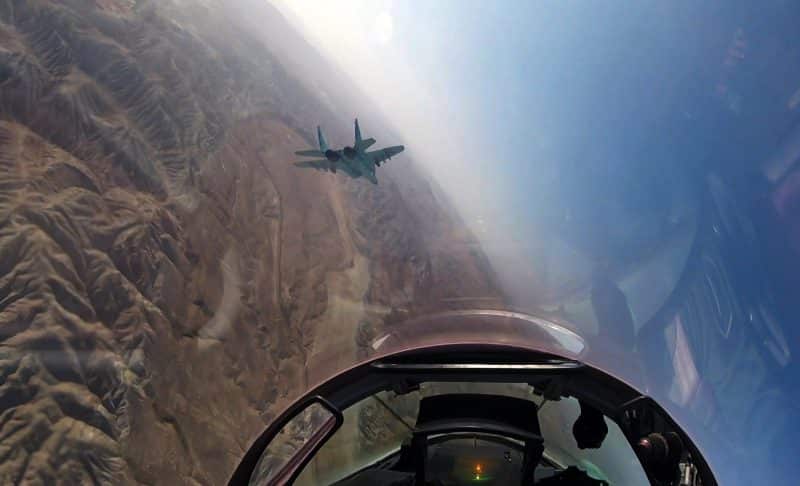The armed forces of Azerbaijan and Armenia have been clashing since Sunday, September 27 around the region of Nagorno-Karabakh, an independence enclave with an Armenian majority in Azeri territory, clashes that have already left dozens dead from either side. It is impossible to determine with certainty which country carried out the first offensive action, the ceasefire in force having been violated by both sides on multiple occasions in recent days, but we observe, on both sides, significant concentrations of heavy military resources, raising fears of a large-scale confrontation, after the one which left nearly 30.000 dead between 1988 and 1994.
Both Yerevan and Baku naturally accuse the other side of having started the conflict, and both countries announced the mobilization of reservists and proclaimed a state of emergency. In addition, each camp engages in a media and propaganda war using both national media and social networks to present “its own truth”, requiring the greatest caution in the interpretation of the declarations and assessments presented. For now, the fighting has been limited to air, artillery and drone strikes against enemy anti-aircraft defenses and armor. But each side mobilizes significant mechanized and air forces, raising fears of an escalation of the conflict. Beyond the direct confrontation between the two enemy brothers from the Caucasus, it is the game of alliances which raises fears of the extension of the conflict, in a scenario that Europe historically already knows too well.

The rest of this article is for subscribers only
The Classic subscriptions provide access to
all articles without advertising, starting at € 1,99.
Newsletter subscription
Register for the Meta-Defense Newsletter to receive the
latest fashion articles daily or weekly

